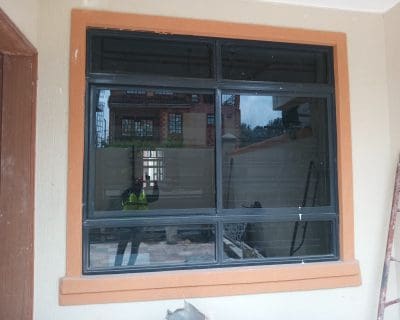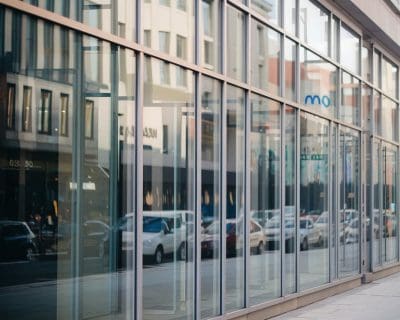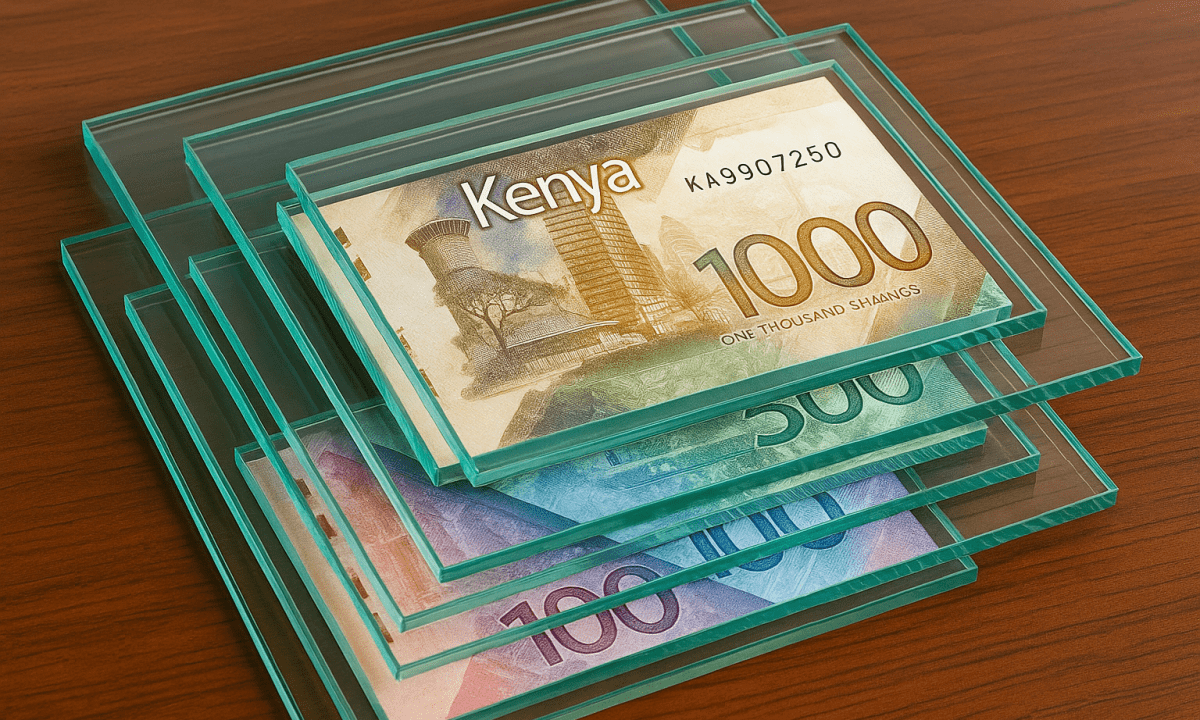
How New Taxes Are Driving Up Aluminium and Glass Prices: Insights from TSL Industries
For decades, aluminium and glass have been the backbone of Kenya’s construction and manufacturing sectors. Whether you’re planning a modern commercial high-rise, residential apartment, or retail space, the affordability and versatility of aluminium and glass products make them an essential choice for both builders and buyers. However, in 2025, many Kenyan businesses—and the clients they serve—are grappling with an uncomfortable reality: new taxes and international tariffs are pushing the prices of aluminium and glass ever higher, with significant ripple effects across the country.
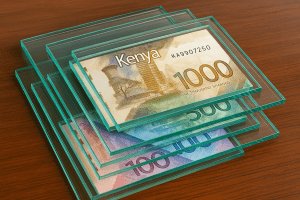
Why Aluminium Prices Are on the Rise in Kenya
In 2025, Kenya’s construction sector is booming. Still, the industry’s heavy reliance on imported aluminium leaves it extremely sensitive to global price shocks and policy changes. Recent international trade tensions and tariff adjustments by major economies, such as the United States and China, have cascaded through the global aluminium supply chain, making their impact felt on Kenyan shores.
According to market data, Kenya imported aluminium and related products worth over US$110 million in 2023. Much of this aluminium is sourced from markets like China and the United Arab Emirates, where prices and availability are closely linked to shifting global demand and policy. When large economies like the U.S. impose higher tariffs—raising aluminium import duties as high as 50%—it inevitably exerts upward pressure on world market prices, which, in turn, affects Kenyan import costs.
- The average aluminium window and door import price in Kenya stood at $70 per unit in 2022, reflecting a 19.5% decline from the previous year after a period of price volatility.
- Prices from suppliers varied: while Belgian imports fetched 48perunit,Chinesesuppliersprovidedsomeofthelowestprices—about17 per unit.
These figures demonstrate just how vulnerable Kenyan buyers are to international price shifts. With limited domestic aluminium production, higher global tariffs translate quickly into higher costs for Kenyan importers.
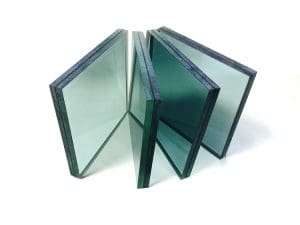
How Tax Changes Affect Local Prices in Kenya
The increase in international tariffs indirectly drives up the cost of importing aluminium into Kenya, but it’s not the only factor at play. Kenya’s own policies—such as adjustments in import duties, Value Added Tax (VAT), and new regulatory fees—also play a crucial role in pricing.
- Import duties and VAT: If Kenya raises VAT or publishes new import duties on aluminium goods, the cost for local manufacturers and end-users rises. For every container of aluminium profiles or sheets entering Mombasa, additional taxes mean higher bills for Kenyan businesses.
- Exchange rates: As the Kenyan shilling fluctuates against the US dollar, the price of imported raw materials like aluminium and glass can surge even further.
For Kenyan companies like TSL Industries, these cost increases erode margins, disrupt price forecasts, and often lead to higher prices for their clients.
Real-World Impact: Kenyan Businesses and Customers Feel the Squeeze
TSL Industries, a leader in aluminium and glass fabrication for the Kenyan market, has seen first-hand how these new taxes transform market realities. The result is a landscape in which:
- Manufacturers and contractors must reconsider project budgets: Aluminium windows and doors, which once were cited as affordable and durable solutions, are seeing their prices climb with each shipment.
- Clients delay or downsize projects: Higher material costs stretch budgets and make large projects harder to finance.
- End-users face higher prices: Whether outfitting a new family home in Nairobi or upgrading an office in Mombasa, Kenyans are noticing price increases, especially in custom aluminium and glass installations.
Prices for aluminium windows, doors, and glass solutions range widely in the Kenyan market. As of mid-2025, verified sellers list aluminium sliding windows from KSh 7,500 to KSh 14,000 or more, depending on specifications and finishing. With relatively slim profit margins, even small increases in import costs translate into higher consumer prices.
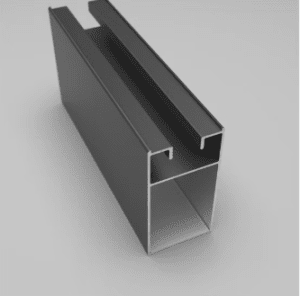
A Look at the Kenyan Aluminium Market Forecast
Despite rising costs, the Kenya aluminium doors and windows market is projected to grow at a compound rate of 16.32% starting in 2025. However, this growth is characterized as “mixed,” reflecting the sector’s volatility. If tariffs and local taxes climb, demand may slow as affordability becomes a pain point, particularly for large developers and infrastructure projects.
- Creative adaptation: Companies like TSL Industries are investing in efficiency, sourcing strategies, and process innovation to minimize the impact of global cost pressures.
- Shift to value-driven solutions: With imported raw materials more expensive, there’s a greater emphasis on custom designs, thermal efficiency, and longer product lifespans to deliver value.
Key Strategies for Kenyan Stakeholders
Staying competitive and resilient in the face of rising prices requires a combined approach from stakeholders across the industry. Here’s what can make a difference:
- Diversifying suppliers: Sourcing aluminium and glass from a variety of international partners can help mitigate the impact of single-country tariffs.
- Negotiating bulk rates: Larger volume orders generally secure better per-unit pricing from international suppliers.
- Adopting local content: Where possible, partnering with emerging local producers and recyclers can buffer supply chain shocks.
- Improving efficiency: Streamlining production, reducing waste, and investing in skilled labour can help companies absorb cost increases.
- Transparent communication: Educate clients about market realities, material cost drivers, and the importance of choosing quality for long-term value.

Why This Matters for the Kenyan Construction Sector
The bottom line is clear: new taxes and global tariffs are reshaping how aluminium and glass products are priced and supplied in Kenya. For TSL Industries—and for the wider Kenyan market—understanding these dynamics is vital for survival and growth.
If you’re a developer, architect, or homeowner planning your next project, it’s essential to work closely with reputable suppliers who are proactive about procurement and transparent on pricing. Keep a close eye on market trends, seek strategic partnerships, and factor in the possibility of continued price fluctuations.



